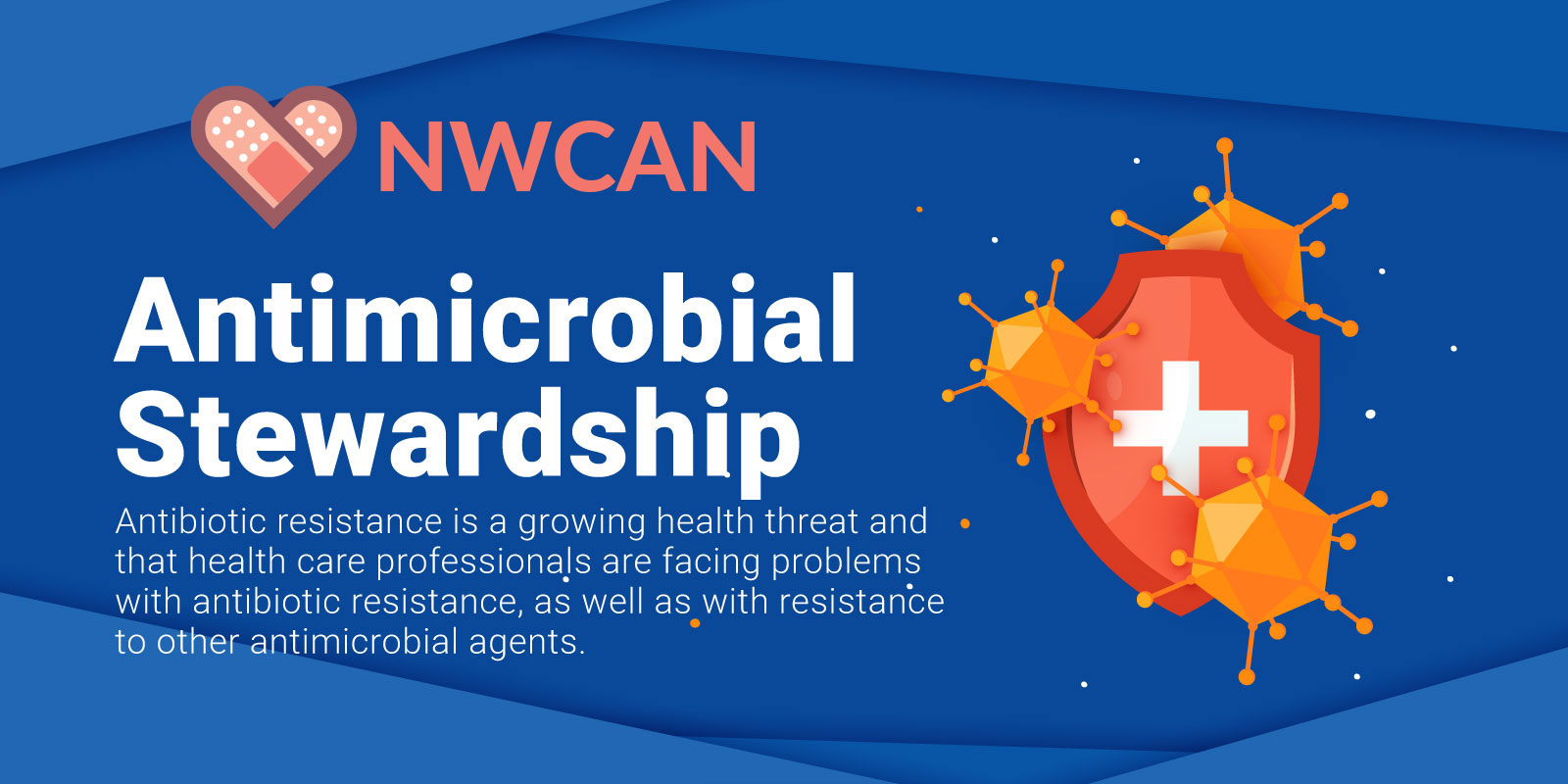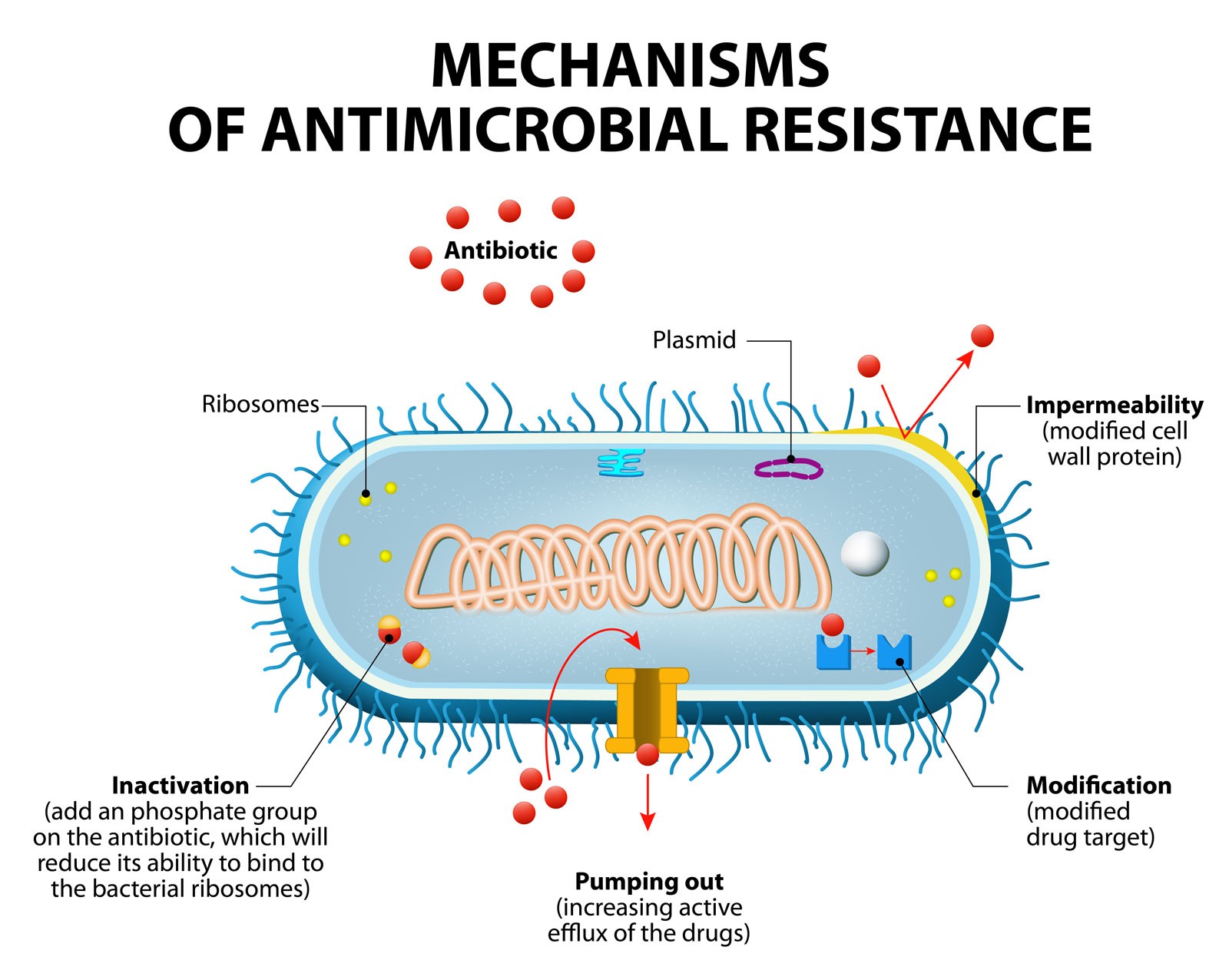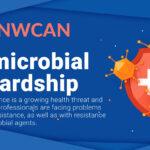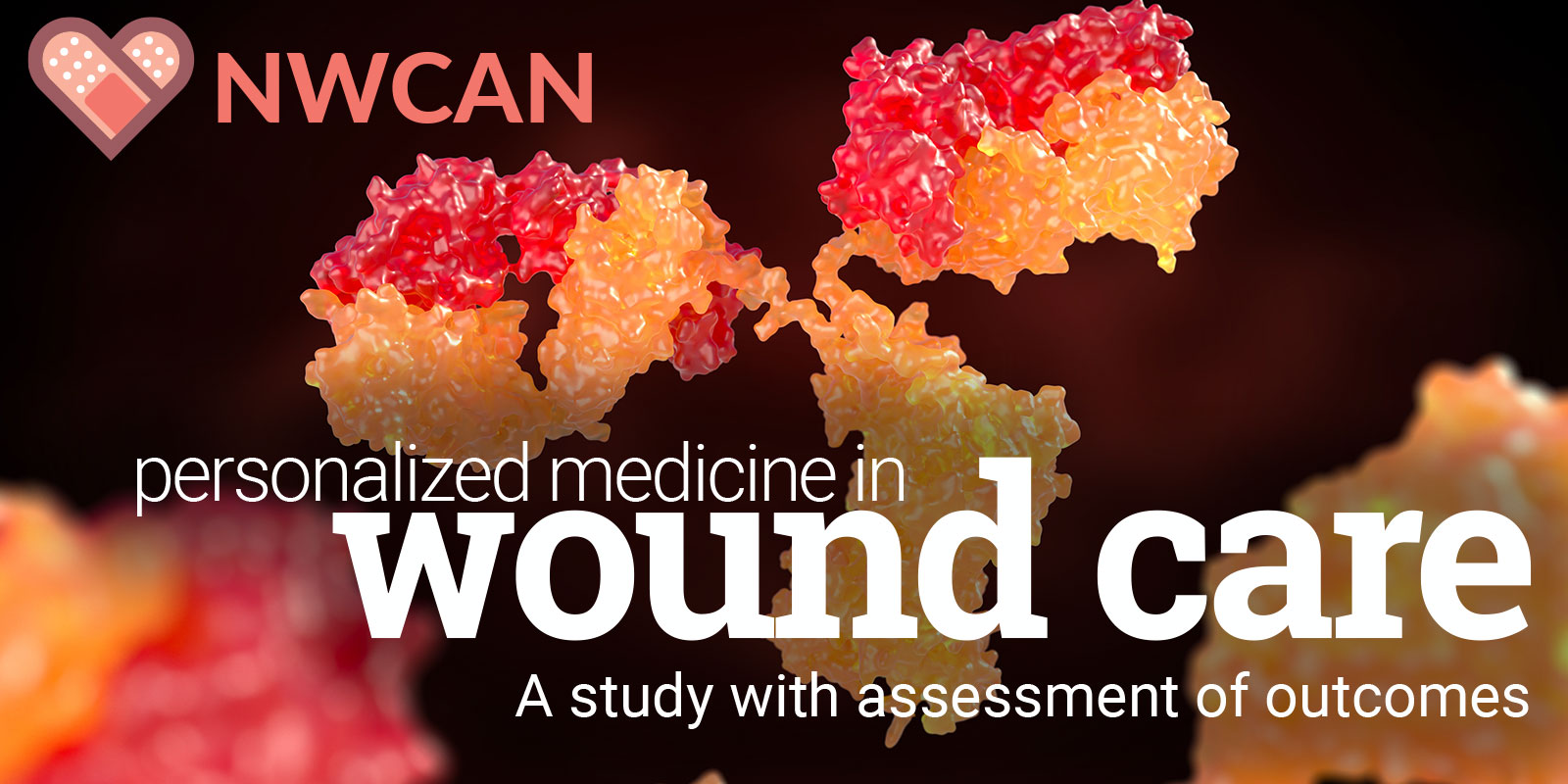
Antimicrobial Stewardship and the Growing Threat of Antibiotic Resistance
Antibiotic resistance is a growing health threat and that health care professionals are facing problems with antibiotic resist-ance, as well as with resistance to other antimicrobial agents. The Centers for Disease Control and Prevention (CDC) noted in 2019 that “more than 2.8 million antibiotic-resistant infections occur in the United States (US) each year, and more than 35,000 people die as a result.”
The CDC lists 18 current threats, with three on the watch list as emerging causes of antibiotic resistance. Many of the bacteria on this threat list are found in chronically stalled wounds. Therefore, wound clinicians must be good stewards of antimicrobial treatments to prevent contributing to an already worsening problem.
30 Important Facts:
- Antibiotic resistance is considered to be a tremendous emerging health concern by multiple international health organizations.
- The Center of Disease Control and Prevention estimates that approximately 35,000 deaths in the United States can be attributed to antibiotic resistance annually.
- By 2050, the total number of deaths resulting from drug-resistant infections is expected to surpass 10 million.
- The total global cost to economic output from drug-resistant infections is estimated to exceed $100 trillion.
- Multidrug-resistant bacteria and resistant genes have been discovered in nature dating back several million years.
- Antibiotics were used by many ancient cultures, including in Egypt, China, and Greece, to treat various conditions.
- Although many new classes of antibiotics were discovered in the early to mid-20th century, no new classes have been discovered since the 1980s.

- Only four major pharmaceutical companies in the world still invest in researching new anti-biotics. Most pharma-ceutical companies have deemed this research unprofitable.
- Different types of antimicrobial dressings are increasing in popularity as a way to treat wound infections without excessive use of systemic antibiotics.
- Most antibiotics used today are derived from natural environments, including bacteria and fungi.
- Between the 1940s and the 1970s, 23 new classes of antibiotics were discovered from 19 bacterial species and seven fungal species.
- Up to 40% of all antibiotics pre-scribed are either unnecessary or are used inappropriately.
- Many facilities have been encouraged to create antimicrobial stewardship plans, which seek to reduce the use of systemic antimicrobials in favor of alternate methods of infection prevention and management.
- Antimicrobial stewardship should promote ideal antibiotic use in clinically infected patients while preventing the use of antibiotics in non-infected patients.
- The main goal of an antimicrobial stewardship plan should be to prevent infections from occurring in the first place.
- To be effective, antimicrobial stewardship staff. Lack of education on antimicrobial stewardship can be an impediment to the implementation of an antimicrobial stewardship plan. Make sure all staff receive ongoing education for proper implementation.
- When building an antimicrobial stewardship program, remember to incorporate staff education, wound cleansing, hand hygiene, and personal protective equipment protocols.
- Silver is one of the most-widely used bactericides. Its use has been documented as far back as 1000 BC.
- There is growing concern for the rise of silver-resistant bacteria, which may impact wound healing, where silver dressings have been used as an alternative to systemic antibiotics to prevent infection.
- Advanced wound dressings can be made from a variety of synthetic, natural, hybrid materials.
- Antimicrobial dressings are used to prevent infection and manage bacterial burden in wounds.
- Antimicrobial dressings can be impregnated with a variety of antimicrobial agents, including dialkylcarbamoyl chloride, silver, medical-grade honey, iodine, polyhexamethylene biguanide, and others.
- Dialkylcarbamoyl chloride (DACC)–coated dressings trap bacteria with a high cell surface hydrophobicity at the wound surface, thereby allowing the bacteria to be removed during the next dressing change.
- When selecting a wound cleanser or antimicrobial dressing, clinicians should ensure they are selecting a dressing that is non-cytotoxic and non-damaging to the wound.
- Recent increases in antibiotic-resistant bacterial and fungal infections have led to interest in new antimicrobial therapies, including cleansers.
- Cleansing agents are effective because they can reduce the bacterial load or eliminate biofilm activity within a wound.
- In recent years, there has been growing interest in using chlorine-based cleansers, such as hypochlorite solution and hypochlorous acid, because of their low cytotoxicity.
- One of the most effective methods of infection preven-tion for wounds is the implementation of good hand hygiene.
- A wound showing clinical signs and symptoms of infection should be tested for clinical infection through the use of culture, biopsy, DNA sequencing, or other methods.
- Debridement can be used to and bioburden in a wound by removing dead or devitalized tissue from the wound bed.











